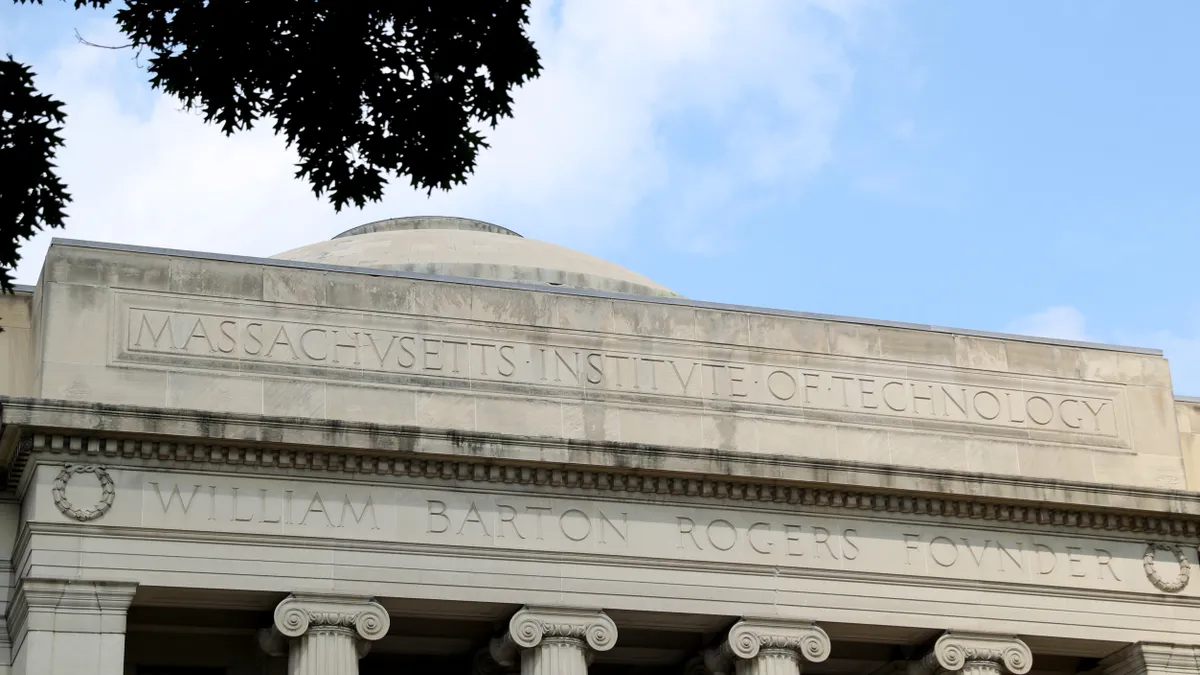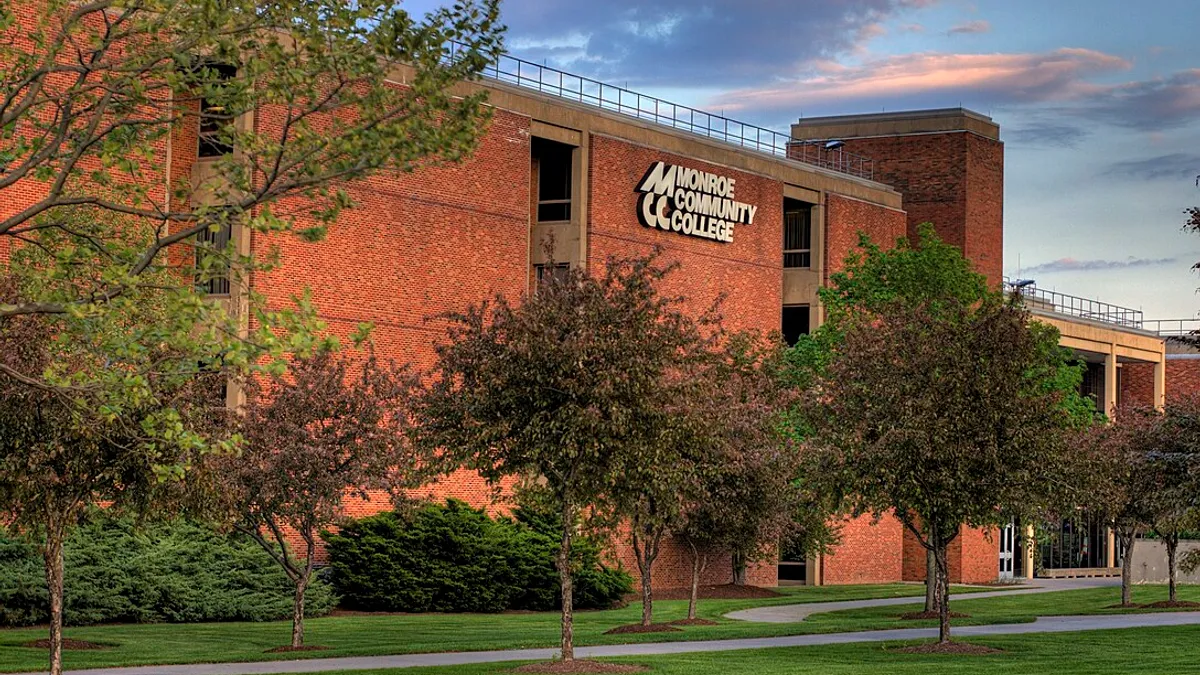Editor's note: Becky Klein-Collins is the vice president for impact at the Council for Adult and Experiential Learning.
Undergraduate enrollment trends look bleak for colleges and universities, with another dire prediction ahead: a declining number of high school graduates.
But the nation's postsecondary institutions need not be victims of a single disturbing trend. If demography is destiny, higher education can shift its focus to an entirely different demographic category: adults with no college credentials.
Enrollment woes in the postsecondary world are real. The pandemic depressed fall 2020 undergraduate enrollment by 3.6% overall — and by more than 10% at community colleges. Meanwhile, a recent report from the Western Interstate Commission for Higher Education found that the number of new high school graduates each year — colleges' go-to source for students — will begin a long-term decline in 2026. Admissions officers won't turn this ship around by relying primarily on new high school graduates.
Meanwhile, almost half of Americans ages 25 to 64 don't have a postsecondary credential, according to an analysis by the Lumina Foundation, even as evidence mounts that workers will need them in order to access the jobs we expect will shape our post-pandemic recovery. Labor market analytics firm Emsi recently predicted that the occupations likely to thrive in 2021 will be in mid-skill and higher-skill industries like logistics, healthcare, tech and the skilled trades.
Shifting the focus to these adult learners also could address some of the racial and ethnic inequities we see in educational attainment rates. The group of adults age 25 and older currently without postsecondary credentials is disproportionately Black, Hispanic and Native American.
Supporting adult learners means building on lessons learned by the many colleges that have long focused on this population. Effective strategies go well beyond providing night or weekend classes. Instead, they address real needs returning adult students have. For instance:
They need to feel like they belong in college. Recent research from Strada Education Network found that self-doubt is one of the biggest barriers to people returning to college; further, its recent survey found that only one in three adults ages 25 to 44 without degrees who are considering postsecondary enrollment had a positive experience the last time they were students. (CAEL is a Strada affiliate.)
Colleges and universities need to persuade these adults that they are welcome and can succeed. This means featuring adult learners in their branding, offering support services virtually or outside of regular working hours, and fostering classroom cultures where learning from work and life experiences is valued.
They need programs that meet them where they are. This group of adults must balance their educational pursuits with work and family commitments. Academic programs and student services may need to be reimagined and restructured to maximize flexibility.
This includes options designed around their schedules: accelerated models, self-paced programs and multiple start times during the academic year. It means shorter-term, industry-valued credentials that stack toward associate or bachelor's degrees. And, critically, it means providing options for a student's prior learning — from work, military and life experiences — to be evaluated for college credit.
Recognition for prior learning is particularly important because, as recent research from CAEL and WICHE shows, adult students who earn credits through a prior learning assessment are more likely to complete postsecondary credentials, while saving time and money.
They need to know that college will be worth it. The decision to invest time and other limited resources in education is not an easy one. Yet, confidence in the value of education has fallen among adults who are considering enrollment. In 2019, according to Strada survey data, 77% of adults who were considering additional education agreed that it would be worth the cost, but in 2020, only 59% thought so. Colleges need to ensure their programs are closely tied to workplace needs. And they need to have close relationships with employers and industries to ensure that graduates land the ultimate return on an investment in education: a good job.
Higher education institutions have a choice: Give up in the face of demographic change or recognize this moment as an opportunity. Already, institutions are choosing their path, with some reacting by reducing faculty and staff to match their declining traditional student populations.
Others, however, are starting to embrace their new demographically determined destinies. Officials from 17 City University of New York system institutions gathered in 2019 to discuss how best to support adult learners on their campuses. Meanwhile, the Ohio Department of Higher Education has spent the last two years on an initiative called Finish for Your Future, which is focused on improving adult learner enrollment and outcomes. Several of the Ohio colleges have been testing new outreach approaches, such as "adult promise" scholarships and redesigned course models for busy working adults.
Postsecondary institutions concerned about their futures would be wise to start making changes now. Higher education's destiny, should it choose to accept it, is a greater focus on adult students. Our future will not wait — and theirs won't either.




















